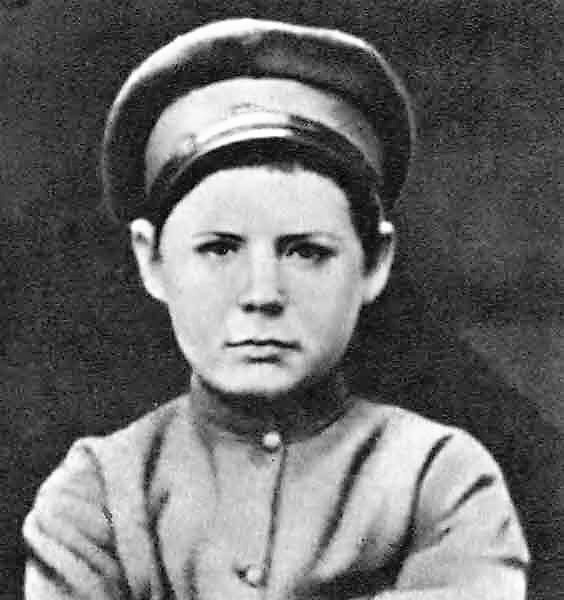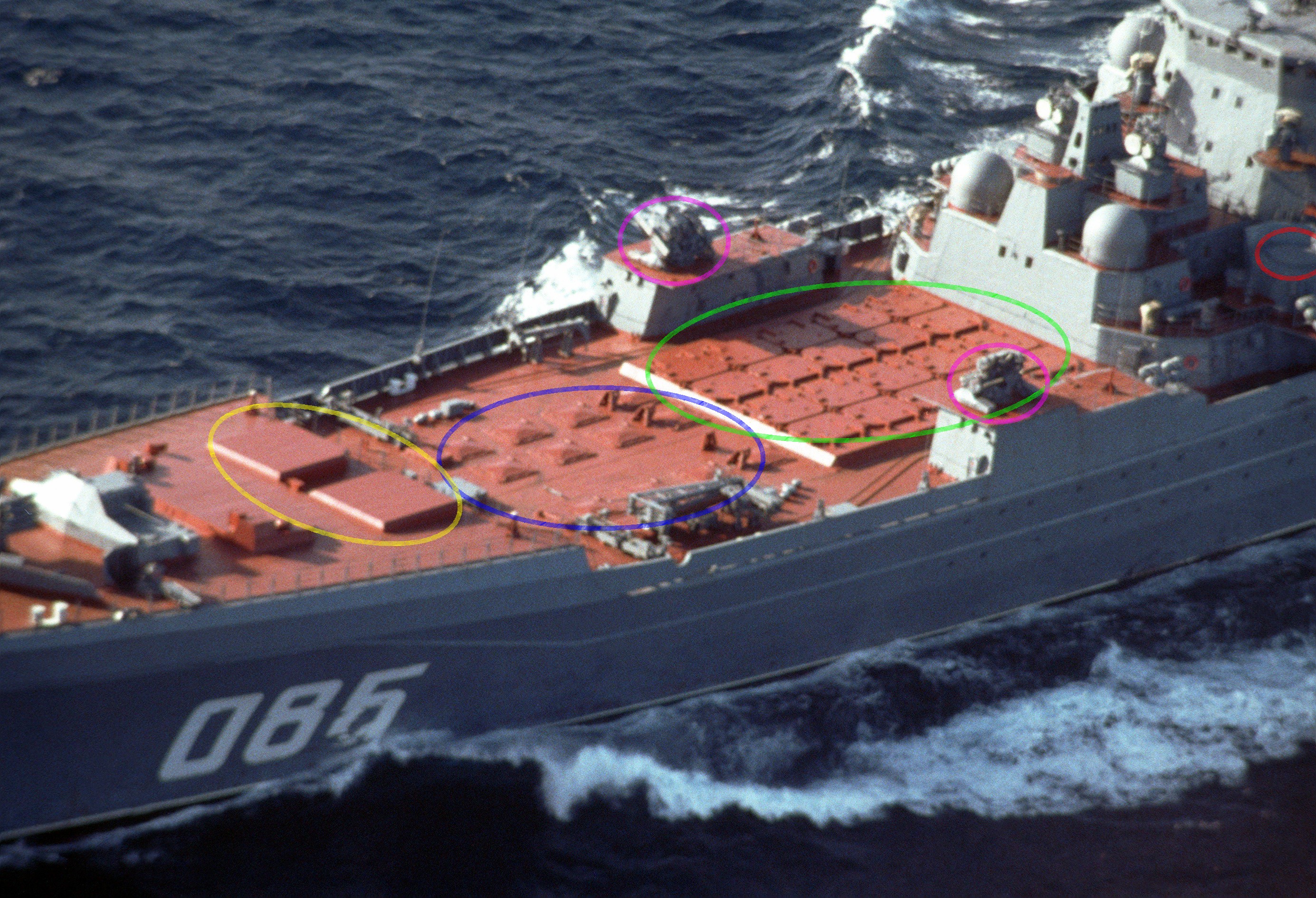|
Kirov Krai
Kirov may refer to: *Sergei Kirov (1886–1934), Soviet Bolshevik leader in Leningrad after whom all other entries are named * Kirov (surname) Places Armenia *Amrakits or Kirov *Taperakan or Kirov Azerbaijan * Kirov, Baku * Kirov, Lankaran * Kirov, Samukh * Kirov, Shusha Kyrgyzstan * Kirov, Jalal-Abad, a village in Nooken District, Jalal-Abad Region * Kirov, Panfilov, a village in Panfilov District, Chuy Region * Kirov, Ysyk-Ata, a village in Ysyk-Ata District, Chuy Region * Kirov, Kara-Suu, a village in Kara-Suu District, Osh Region * Kirov, Özgön, a village in Özgön District, Osh Region Russia *Kirov, Kirov Oblast, a city and the administrative center of Kirov Oblast *Kirov, Kaluga Oblast, a town in Kaluga Oblast * Kirov, Republic of Adygea, a khutor in Shovgenovsky District of the Republic of Adygea *Kirov, Sakha Republic, a selo in Nyurbinsky District of the Sakha Republic *Kirov Bridge, a bridge across the Daugava in Vitebsk, Belarus *Kirov Islands, a Russian archipela ... [...More Info...] [...Related Items...] OR: [Wikipedia] [Google] [Baidu] |
Sergei Kirov
Sergei Mironovich Kirov (né Kostrikov; 27 March 1886 – 1 December 1934) was a Soviet politician and Bolshevik revolutionary whose assassination led to the first Great Purge. Kirov was an early revolutionary in the Russian Empire and member of the Bolshevik faction of the Russian Social Democratic Labour Party. Kirov became an Old Bolshevik and personal friend to Joseph Stalin, rising through the Communist Party of the Soviet Union ranks to become head of the party in Leningrad and a member of the Politburo. On 1 December 1934, Kirov was shot and killed by Leonid Nikolaev at his offices in the Smolny Institute for unknown reasons; Nikolaev and several suspected accomplices were convicted in a show trial and executed less than 30 days later. Kirov's death was later used as a pretext for Stalin's escalation of political repression in the Soviet Union and the events of the Great Purge, with complicity as a common charge for the condemned in the Moscow Trials. Kirov's assassina ... [...More Info...] [...Related Items...] OR: [Wikipedia] [Google] [Baidu] |
Özgön District
Özgön or Uzgen ( ky, Өзгөн району) is a district of Osh Region in south-western Kyrgyzstan. Its area is , and its resident population was 282,981 in 2021.> The capital lies at Özgön (Uzgen). Demographics As of 2009, Özgön District included 1 town, and 19 villages. Its population, according to the Population and Housing Census of 2009, was 228,114. Of them, 49,410 people live in urban areas, and 178,704 in rural ones. Ethnic composition According to the 2009 Census, the ethnic composition of the Özgön District (de jure population) was: Towns, rural communities and villages In total, Özgön District include 1 town and 99 settlements in 19 rural communities ('). Each rural community can consist of one or several villages. The rural communities and settlements in the Özgön District are: # town Özgön # Ak-Jar (seat: Ak-Jar; incl. Kakyr, Semiz-Köl and Bolshevik) # Altyn-Bulak (seat: Altyn-Bulak; incl. Chechebay, Tash-Bashat, Sasyk-Bulak, Kara-Batkak and ... [...More Info...] [...Related Items...] OR: [Wikipedia] [Google] [Baidu] |
Kirov Orchestra
The Mariinsky Theatre Orchestra or just the Mariinsky Orchestra (formerly known as the Kirov Orchestra) is located in the Mariinsky Theatre in St. Petersburg, Russia. The orchestra was founded in 1783 during the reign of Catherine the Great, it was known before the revolution as the Russian Imperial Opera Orchestra. The orchestra is one of the oldest musical institutions in Russia. In 1935 Joseph Stalin changed its name (and that of the Ballet) to the Kirov, after Sergei Kirov, the first secretary of the Communist Party in Leningrad, whose 1934 murder by his regime Stalin was attempting to whitewash. After the collapse of the Soviet Union, the name was changed back to the Mariinsky in 1992. The current artistic and general director of the Mariinsky Theatre is the conductor Valery Gergiev. Under Gergiev, the Mariinsky Orchestra has become one of the leading symphony orchestra An orchestra (; ) is a large instrumental ensemble typical of classical music, which combines inst ... [...More Info...] [...Related Items...] OR: [Wikipedia] [Google] [Baidu] |
Kirov Theatre
The Mariinsky Theatre ( rus, Мариинский театр, Mariinskiy teatr, also transcribed as Maryinsky or Mariyinsky) is a historic theatre of opera and ballet in Saint Petersburg, Russia. Opened in 1860, it became the preeminent music theatre of late 19th-century Russia, where many of the stage masterpieces of Tchaikovsky, Mussorgsky, and Rimsky-Korsakov received their premieres. Through most of the Soviet era, it was known as the Kirov Theatre. Today, the Mariinsky Theatre is home to the Mariinsky Ballet, Mariinsky Opera and Mariinsky Orchestra. Since Yuri Temirkanov's retirement in 1988, the conductor Valery Gergiev has served as the theatre's general director. Name The theatre is named after Empress Maria Alexandrovna, wife of Tsar Alexander II. There is a bust of the Empress in the main entrance foyer. The theatre's name has changed throughout its history, reflecting the political climate of the time: * 1860 – 1920: Imperial Mariinsky Theatre ( rus, Импер� ... [...More Info...] [...Related Items...] OR: [Wikipedia] [Google] [Baidu] |
Soviet Battlecruiser Kirov
''Kirov'' is the lead ship of the of nuclear-powered guided missile cruisers. Originally built for the Soviet Navy and passed onto the succeeding Russian Navy, she and her three sister ships are the largest and heaviest surface combatant warships (i.e. not an aircraft carrier An aircraft carrier is a warship that serves as a seagoing airbase, equipped with a full-length flight deck and facilities for carrying, arming, deploying, and recovering aircraft. Typically, it is the capital ship of a fleet, as it allows a ... or amphibious assault ship) built by them. The Soviet classification of the ship-type is "heavy nuclear-powered guided missile cruiser" (russian: тяжёлый атомный ракетный крейсер), nonetheless ''Kirov''s size and weapons complement have earned her the unofficial designation of a battlecruiser throughout much of the world, as her size and displacement is similar to a typical World War I battleship. The appearance of the ''Kirov' ... [...More Info...] [...Related Items...] OR: [Wikipedia] [Google] [Baidu] |
Kirov-class Battlecruiser
The ''Kirov'' class, Soviet designation Project 1144 ''Orlan'' (sea eagle), is a class of nuclear-powered guided-missile cruisers of the Soviet Navy and Russian Navy, the largest and heaviest surface combatant warships (i.e. not an aircraft carrier or amphibious assault ship) in operation in the world. Among modern warships, they are second in size only to large aircraft carriers, and of similar size to a World War I-era battleship. The ships are often referred to as battlecruisers by Western defence commentators due to their size and general appearance. The Soviet classification of the ship-type is "heavy nuclear-powered guided-missile cruiser" (russian: тяжёлый атомный ракетный крейсер). The appearance of the ''Kirov'' class played a key role in the recommissioning of the s by the United States Navy in the 1980s. The ''Kirov'' class hull design was also used for the Soviet nuclear-powered command and control ship ''SSV-33 Ural''. History Orig ... [...More Info...] [...Related Items...] OR: [Wikipedia] [Google] [Baidu] |
Soviet Cruiser Kirov
''Kirov'' ( rus, Киров, p=ˈkʲirəf) was a Project 26 of the Soviet Navy that served during the Winter War and World War II, and into the Cold War. She attempted to bombard Finnish coast defense guns during action in the Winter War, but was driven off by a number of near misses that damaged her. She led the Evacuation of Tallinn at the end of August 1941, before being blockaded in Leningrad where she could only provide gunfire support during the siege of Leningrad. She bombarded Finnish positions during the Vyborg–Petrozavodsk Offensive in mid-1944, but played no further part in the war. ''Kirov'' was reclassified as a training cruiser on 2 August 1961 and sold for scrap on 22 February 1974. Description ''Kirov'' was long, had a beam of and had a draft between . She displaced at standard load and at full load. Her steam turbines produced a total of and she reached on trials.Yakubov and Worth, p. 90 ''Kirov'' carried nine 57-caliber B-1-P guns in three elec ... [...More Info...] [...Related Items...] OR: [Wikipedia] [Google] [Baidu] |
Kirov-class Cruiser
The ''Kirov''-class (Project 26) cruisers were a class of six cruisers built in the late 1930s for the Soviet Navy. After the first two ships, armor protection was increased and subsequent ships are sometimes called the ''Maxim Gorky'' class. These were the first large ships built by the Soviets from the keel up after the Russian Civil War, and they were derived from the , being designed with assistance from the Italian Ansaldo company. Two ships each were deployed in the Black and Baltic Seas during World War II, while the last pair was still under construction in the Russian Far East and saw no combat during the war. The first four ships bombarded Axis troops and facilities after the Germans invaded the Soviet Union in June 1941. All six ships survived the war and lingered in training and other secondary roles, with three being scrapped in the early 1960s and the other three a decade later. Design Following the October Revolution and the subsequent Russian Civil War, Soviet ... [...More Info...] [...Related Items...] OR: [Wikipedia] [Google] [Baidu] |




